Introduction
Have you ever caught your dog chewing your favorite shoes or sneaking a forbidden snack, only to see them give you that “guilty” look? Many owners are quick to assume that dogs feel guilt just like humans do—but is that really the case?
Scientific research suggests that what we often interpret as guilt may actually be a combination of fear, learned behavior, and sensitivity to our cues. Dogs are incredibly attuned to human body language, tone of voice, and facial expressions, which can trigger reactions that look like remorse but may not reflect an actual moral understanding.
In this post, we’ll explore the difference between guilt and fear in dogs, examine scientific studies on canine behavior, and provide practical tips for recognizing and responding to your dog’s emotions in a way that strengthens your bond.
Common Signs of “Guilt” in Dogs
Dogs often display behaviors that owners interpret as guilt, especially after doing something they know is off-limits. While these signs can look convincing, they may reflect fear or anticipation of punishment rather than actual remorse.
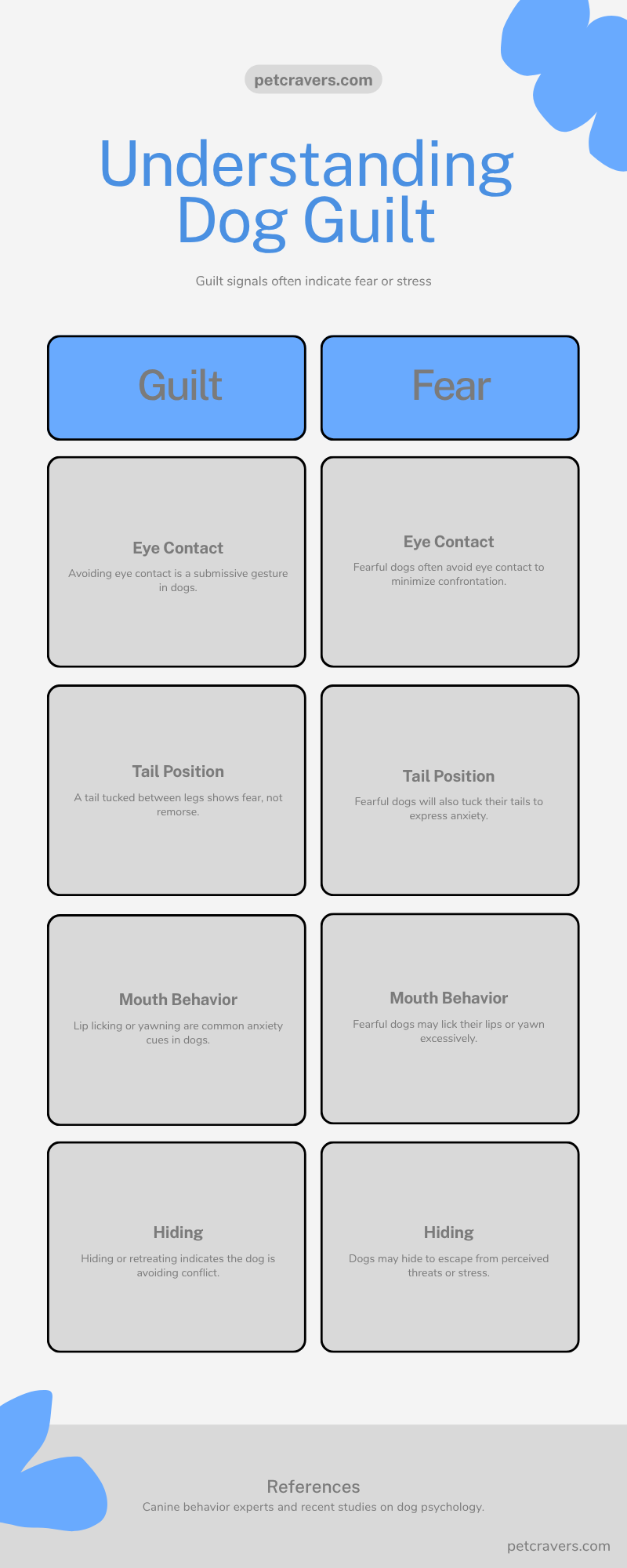
Typical “Guilty” Behaviors
- Avoiding Eye Contact: Dogs may look away or lower their gaze when they sense disapproval.
- Tail Tucking or Lowered Posture: A submissive stance often signals fear or acknowledgment of owner authority.
- Licking Lips or Yawning: These subtle stress signals indicate discomfort rather than guilt.
- Retreating or Hiding: Dogs may move away to avoid confrontation when they anticipate a negative reaction.
Understanding these behaviors helps owners recognize that dogs are responding to social cues and the potential for consequences, not experiencing guilt in the human sense.
Scientific Studies on Dog Guilt
Researchers have long been curious about whether dogs can truly feel guilt or if their “guilty” behavior is a learned response. Several studies provide insights into this fascinating question.

Key Findings from Research
- Stanley Coren’s Experiments: Dogs were observed after performing a forbidden action, both when owners knew and didn’t know about it. The results showed that dogs’ “guilty” behaviors were triggered primarily by the owner’s tone of voice and body language, not the act itself.
- Owner Cues Matter: Dogs are highly sensitive to human signals. They can anticipate disapproval or punishment and adjust their behavior accordingly, which can look like guilt.
- Learned Responses vs. Moral Awareness: Dogs do not possess a sense of morality or conscience like humans. Instead, their behaviors reflect learned patterns and reactions to social cues.
These studies suggest that what we perceive as guilt is often a combination of fear, anxiety, and sensitivity to owner reactions, rather than a moral understanding of right and wrong.
Fear vs. Guilt: Understanding the Difference
It’s important to distinguish between fear and what we might mistakenly call guilt in dogs. While humans can experience guilt as a moral emotion, dogs’ responses are primarily driven by fear or anticipation of consequences.
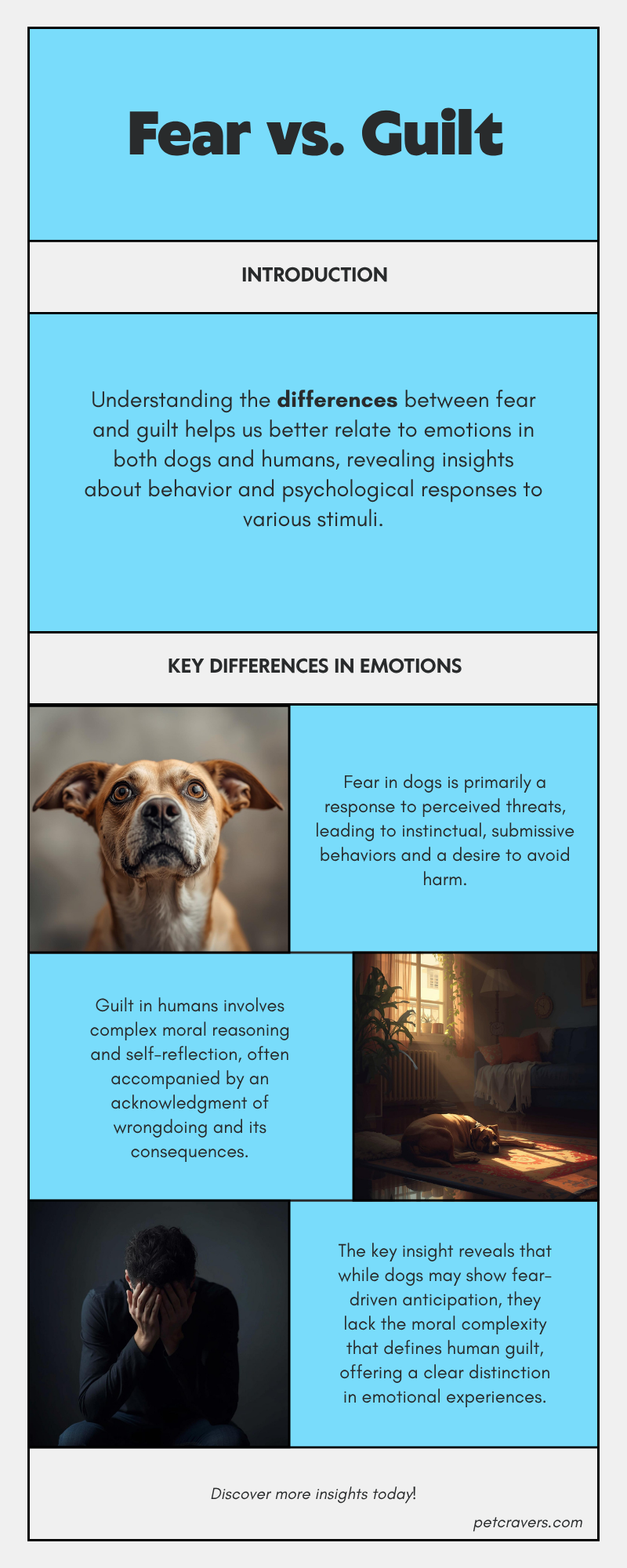
Fear Response
- Triggered by a perceived threat or punishment
- Dogs may exhibit submissive behaviors, avoid eye contact, or retreat
- Helps dogs prevent negative outcomes and maintain social harmony
Guilt Response (Human Perspective)
- Involves moral reasoning and understanding of right vs. wrong
- Requires self-reflection and awareness of one’s actions
- Dogs lack this level of cognitive moral processing
How Dogs Perceive Consequences
Dogs quickly learn that certain behaviors lead to predictable outcomes, such as scolding or loss of attention. Their “guilty” behaviors are essentially anticipatory fear responses, not remorse for breaking a moral rule.
By understanding this distinction, owners can interpret their dog’s behavior more accurately and respond in ways that promote learning and trust rather than fear.

Role of Owner Reactions
Dogs are highly attuned to their owners’ body language, tone of voice, and facial expressions. These cues often trigger behaviors that we interpret as guilt, even though the dog may not understand the wrongdoing itself.
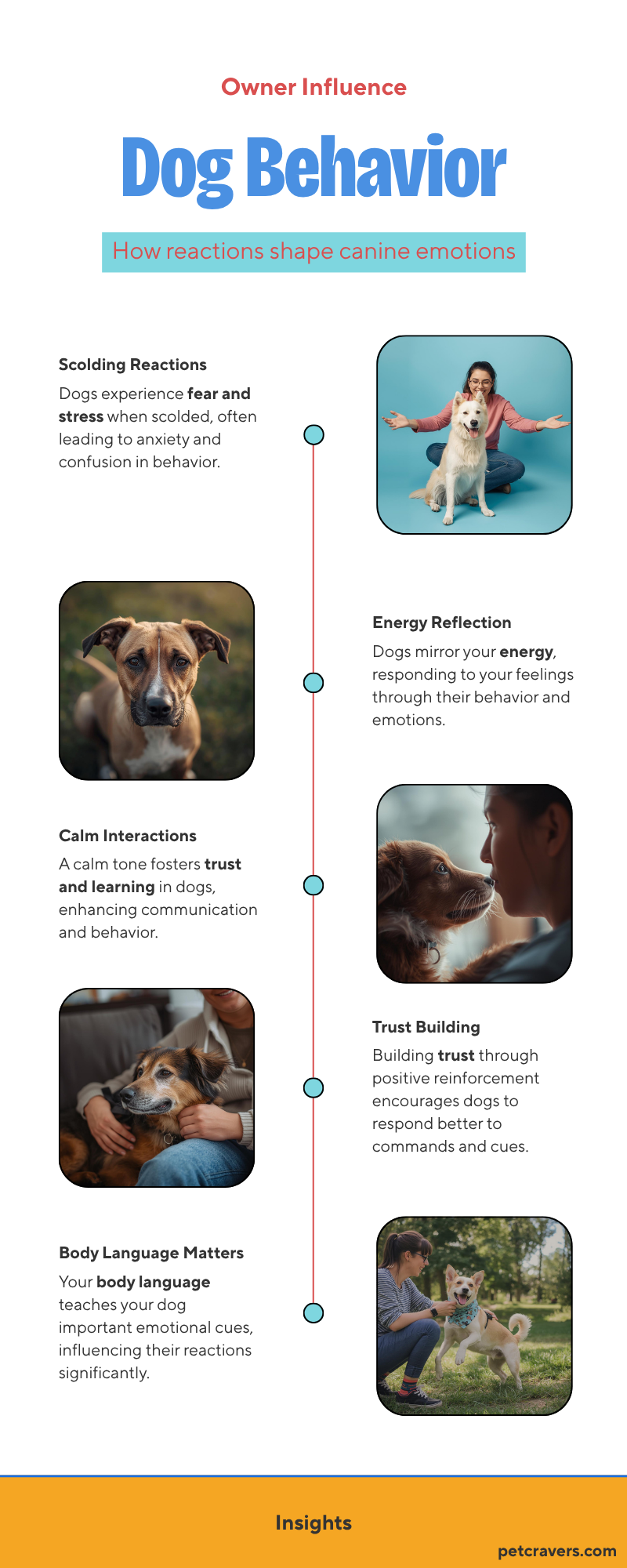
How Owner Reactions Influence Behavior
- Scolding or Stern Tone: Dogs often lower their heads, tuck their tails, or avoid eye contact in response to a raised voice.
- Facial Expressions and Body Language: Leaning forward, frowning, or pointing can signal disapproval, prompting submissive behaviors.
- Predicting Consequences: Dogs learn that certain actions lead to negative outcomes, so they anticipate punishment with nervous or “guilty-looking” behavior.
Key Insight
What looks like guilt is usually a fear-based response to owner cues rather than an acknowledgment of wrongdoing. Dogs are responding to social signals in their environment, not experiencing a moral conscience.
Understanding this helps owners avoid misinterpreting behaviors and allows them to use positive strategies for training and correction.
Implications for Training and Behavior Management
Recognizing that dogs’ “guilty” behaviors are often fear-based rather than moral allows owners to adopt more effective and humane training methods.
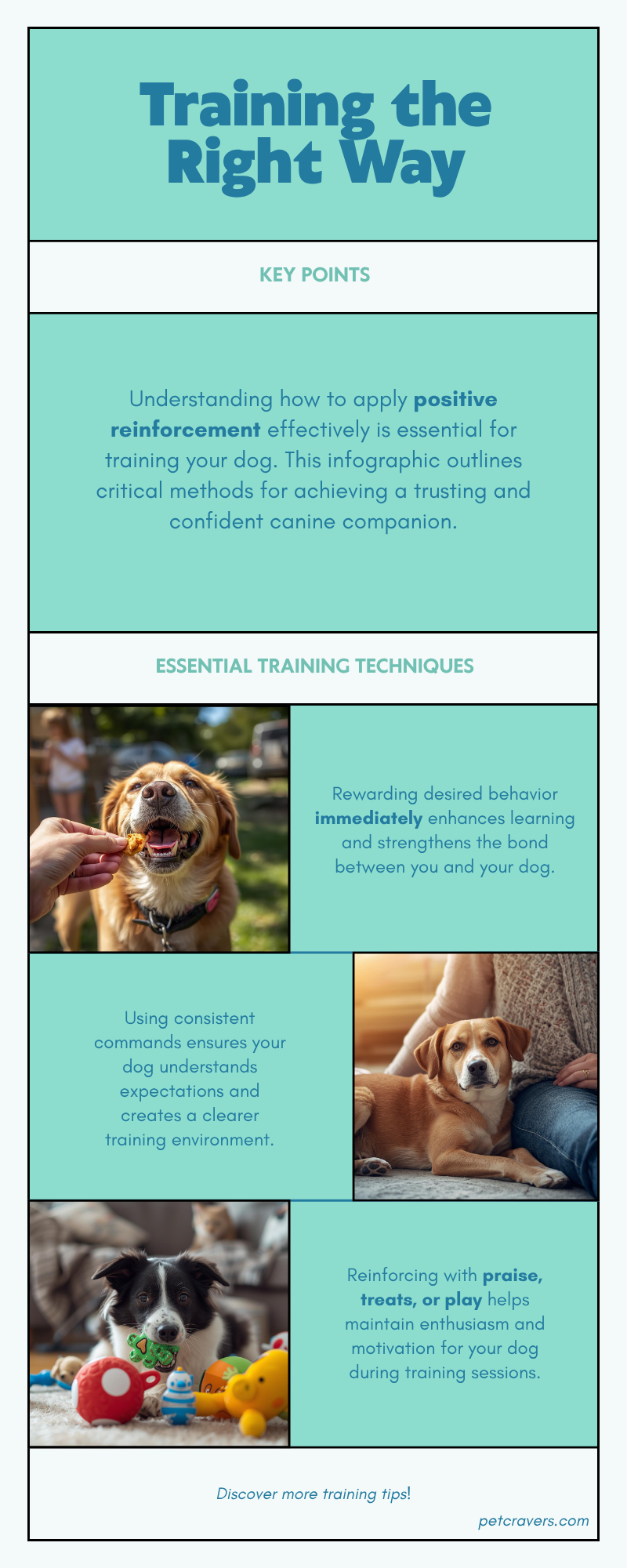
Avoid Guilt-Inducing Punishment
- Scolding or punishing a dog after the fact can create anxiety and fear.
- Dogs learn to associate the owner’s presence with negative outcomes, not the specific behavior.
Emphasize Positive Reinforcement
- Reward desired behaviors with treats, praise, or play.
- Reinforces learning without creating fear or stress.
Timing and Consistency Matter
- Correct misbehavior immediately, so the dog can connect the action with the consequence.
- Consistent cues and expectations help dogs understand boundaries.
By focusing on positive reinforcement and clear communication, owners can encourage desired behavior while maintaining trust and reducing fear, strengthening the human-dog bond.
Can Dogs Experience Complex Emotions?
While dogs may not feel guilt in the human sense, research shows that they are capable of a range of complex emotions. Understanding these emotions helps owners interpret behavior more accurately.
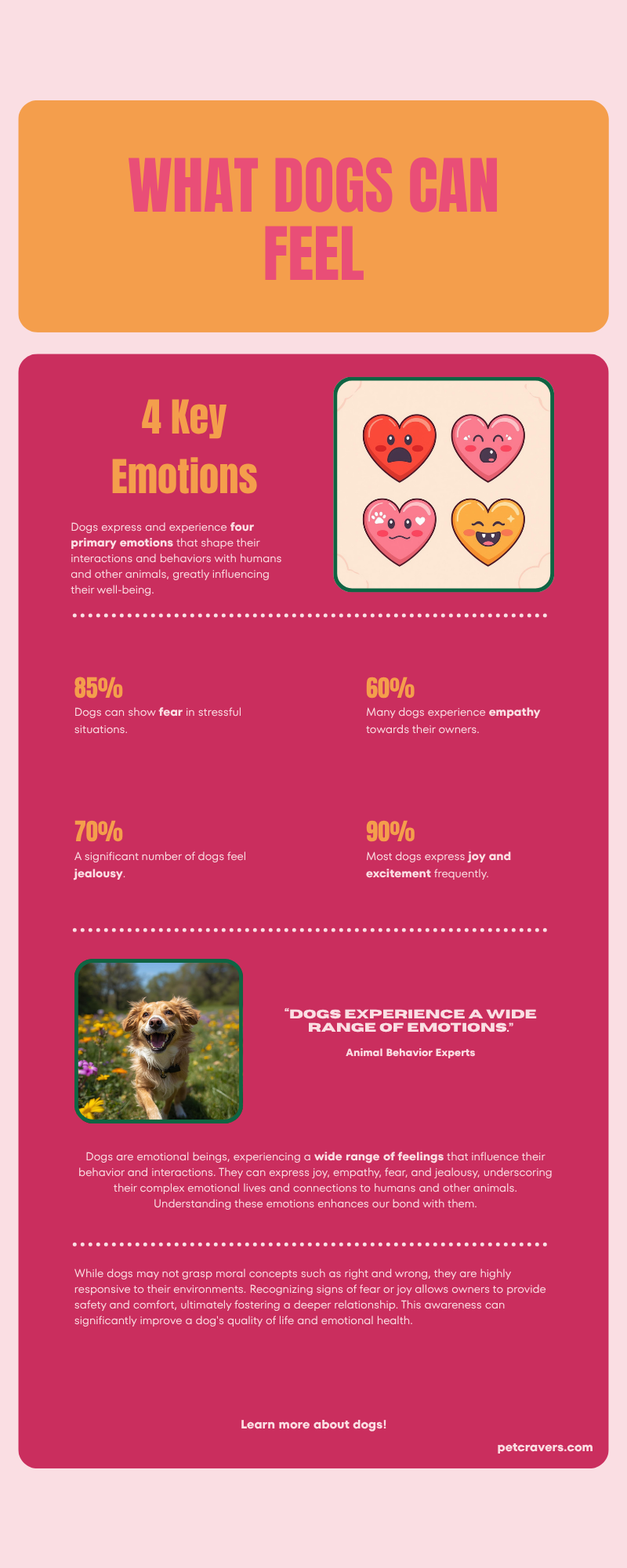
Examples of Canine Emotions
- Fear: Response to threats, unfamiliar situations, or punishment
- Jealousy: Competing for attention or resources
- Empathy: Responding to human emotions, such as comforting a sad owner
- Excitement and Joy: During play, walks, or social interactions
Limits of Moral Reasoning
- Dogs do not possess a human-like conscience or moral awareness
- Behaviors interpreted as guilt are typically reactions to social cues and anticipated consequences, not abstract moral understanding
Species-Specific Context
Interpreting dogs’ emotions through a human lens can lead to misunderstandings. Recognizing canine emotions in their own context allows for better training, communication, and emotional support.
Practical Tips for Owners
Understanding that dogs’ “guilty” behaviors are often fear-based rather than moral can help owners respond more effectively and compassionately.
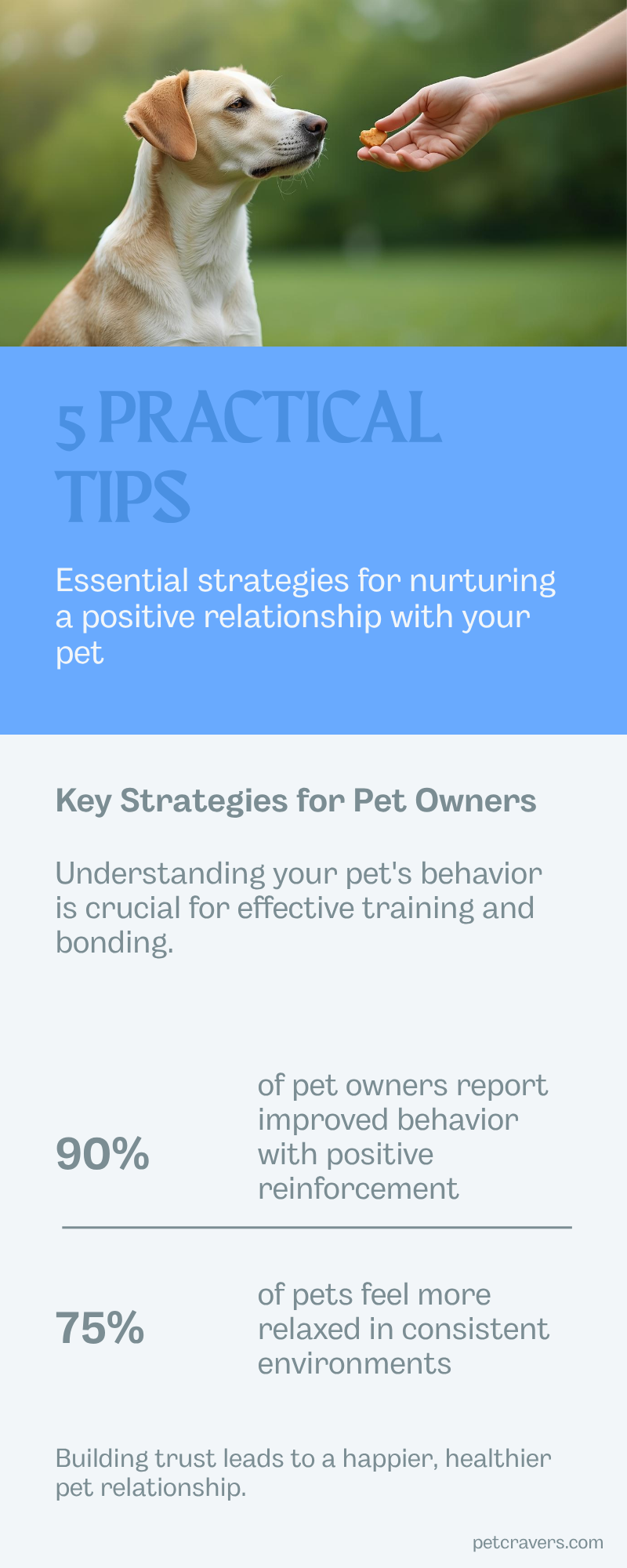
1. Recognize Stress or Fear Signals
- Look for tail tucking, avoiding eye contact, lip licking, yawning, or retreating
- These indicate discomfort or anxiety, not guilt
2. Respond Calmly and Predictably
- Avoid yelling or scolding after the fact
- Maintain consistent, calm communication to reduce fear
3. Encourage Positive Behavior
- Reward desirable behaviors immediately with treats, praise, or play
- Reinforces learning and builds trust without inducing anxiety
4. Correct Misbehavior Promptly
- Address unwanted actions at the moment they occur so your dog can connect the behavior with the outcome
- Delayed correction often creates confusion and fear
5. Focus on Training, Not Punishment
- Use clear commands, structured routines, and positive reinforcement
- Avoid relying on “guilt” as a tool for behavior management
By following these tips, owners can strengthen their bond with their dog, encourage desired behaviors, and reduce fear and stress in their pets.

Conclusion
While dogs often display behaviors that look like guilt, research shows these reactions are usually driven by fear, anticipation of punishment, or sensitivity to human cues, rather than moral awareness. Dogs do not experience guilt in the human sense, but they are highly attuned to our body language, tone of voice, and expressions, which can trigger submissive or “guilty-looking” behaviors.
Understanding this distinction is crucial for effective training and building a strong human-dog bond. By using positive reinforcement, timely correction, and clear communication, owners can guide their dogs’ behavior without inducing fear or anxiety.
Recognizing dogs’ emotions in a species-specific context—fear, excitement, jealousy, and empathy—allows us to respond appropriately, strengthen trust, and foster a happy, well-adjusted companion.

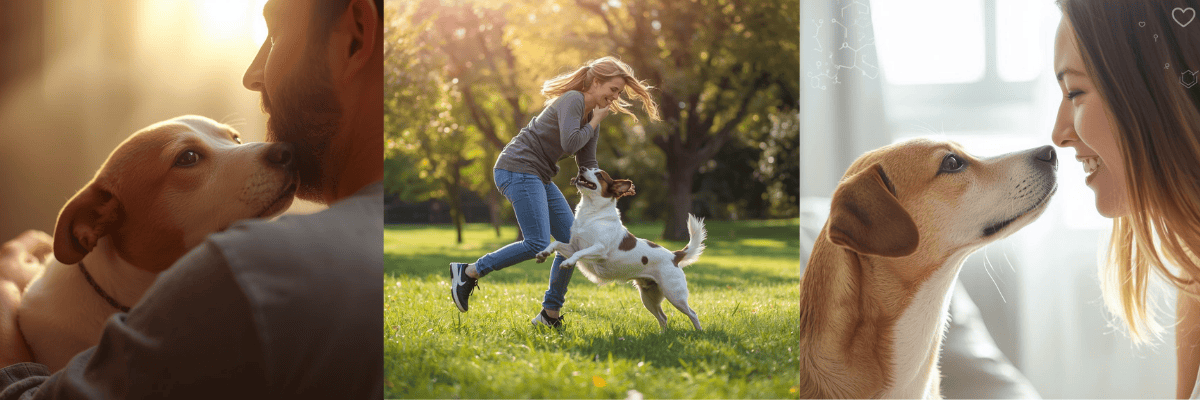
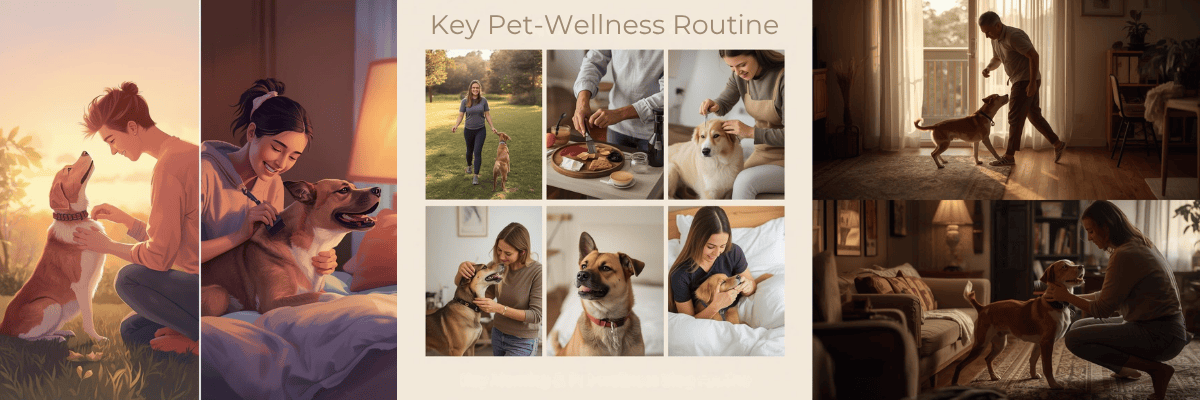

Leave a Reply